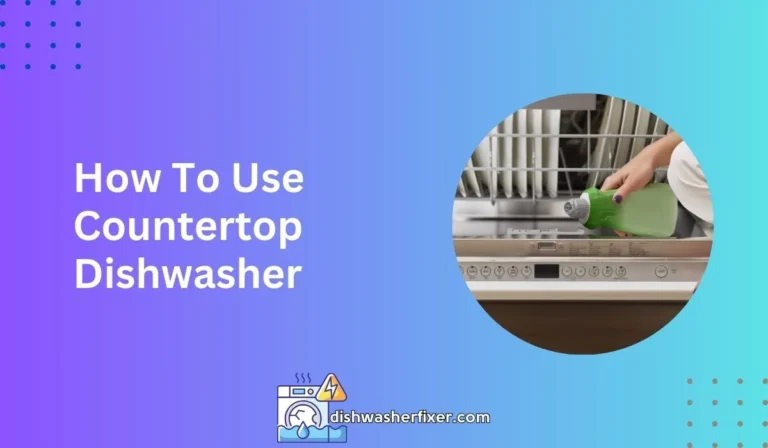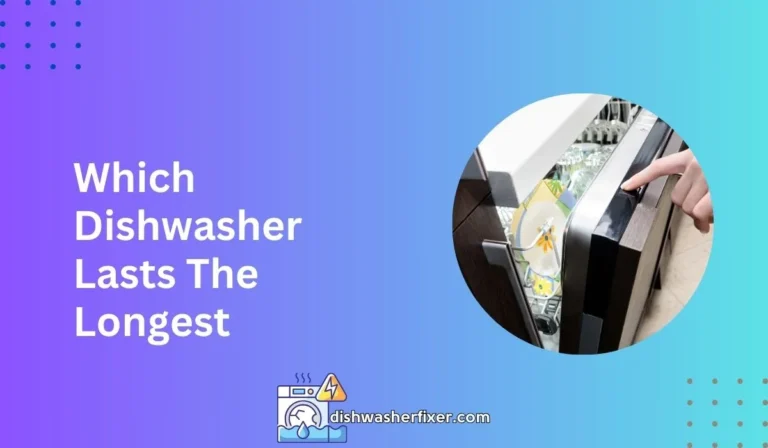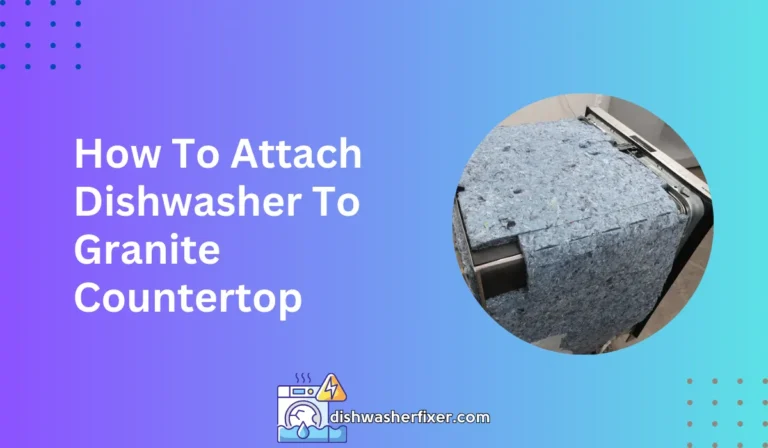How to Unclog a Dishwasher: Quick Fixes & Tips
To unclog a dishwasher, first remove and clean the filter. Next, check and clear the drain hose of obstructions. Run a vinegar cycle to eliminate residue. If clogs persist, inspect the spray arms for debris.
Signs of a Clogged Dishwasher
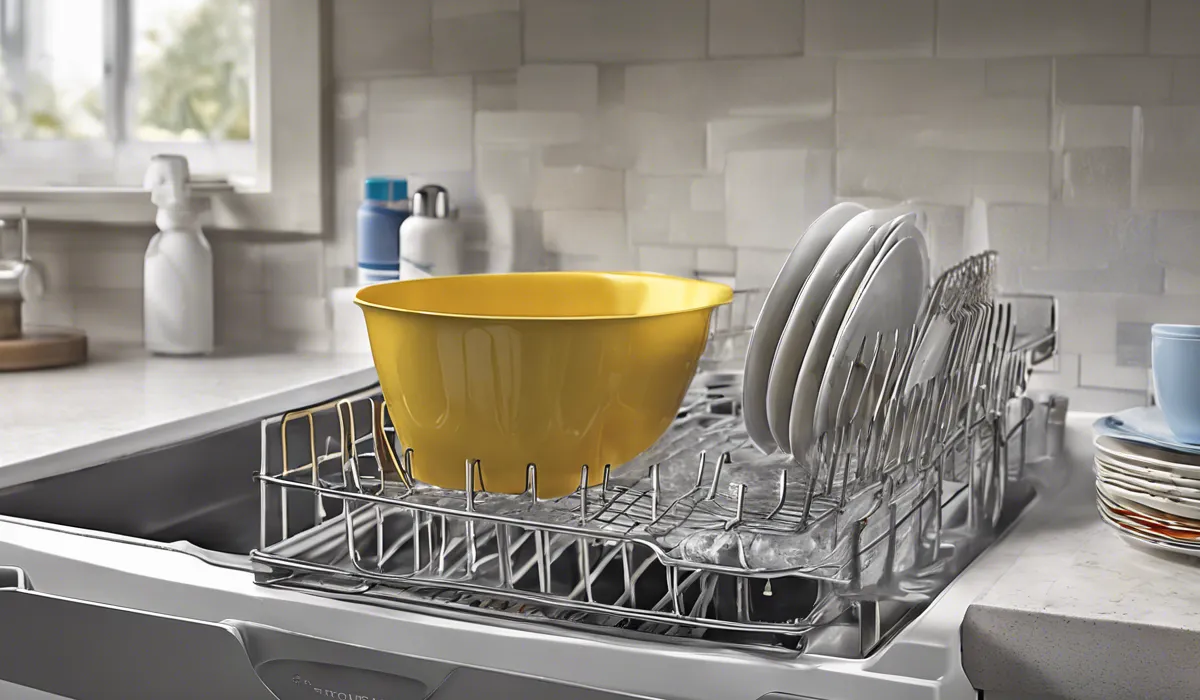
Difficulty Draining Water After Cycles
When your dishwasher fails to drain properly after a wash cycle, it’s a clear sign that a clog might be present.
This issue can lead to standing water at the bottom of the dishwasher, which is not only ineffective for cleaning dishes but can also be a breeding ground for bacteria and odors.
Water Backing Up into the Sink or Dishwasher Base
If you notice water backing up into your sink or pooling in the base of the dishwasher, this may indicate a clog in the shared plumbing lines.
This backup can cause water to overflow, potentially leading to kitchen floods and water damage.
Unpleasant Odors Emanating from the Dishwasher
A clogged dishwasher often emits foul smells. These odors arise from food debris and grease buildup decaying over time. Regular maintenance is crucial to prevent these unpleasant smells.
Visible Food Particles, Grease, or Debris in the Filter or Drain
Visible signs of food particles, grease, or debris caught in the filter or lying in the drain area are red flags.
These materials can block water flow and should be removed to ensure your dishwasher functions optimally.
Tools and Materials Needed for Unclogging
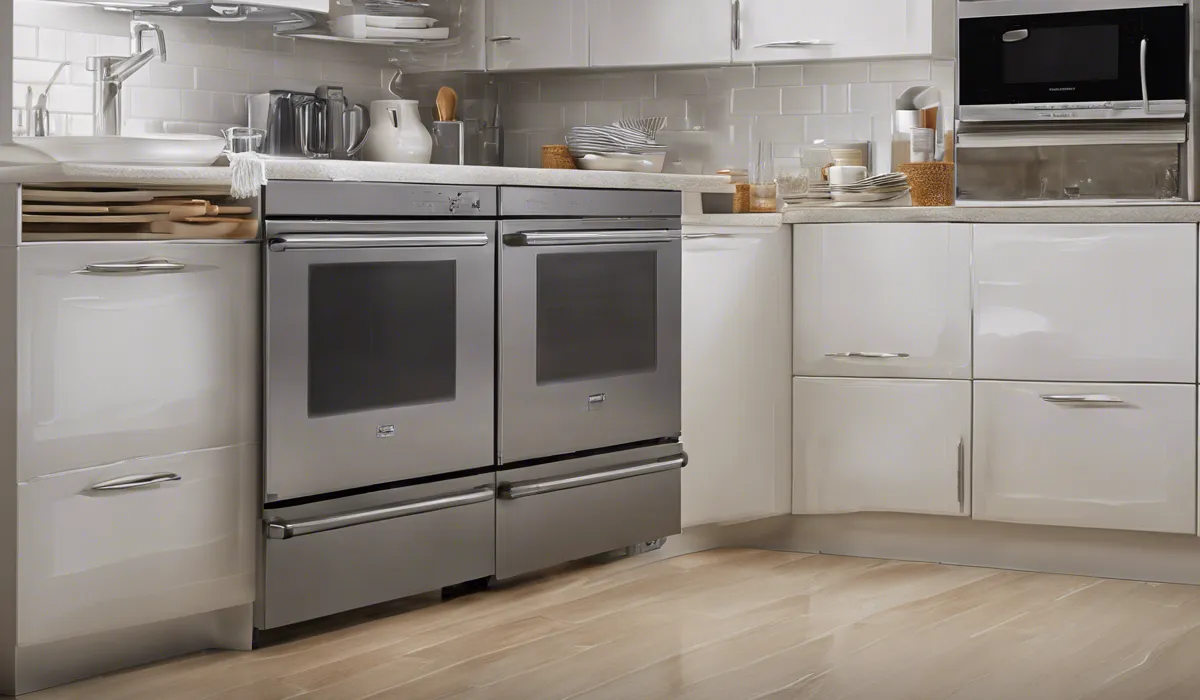
Consulting the Manufacturer’s Manual
Before beginning any maintenance, it’s essential to consult the manufacturer’s manual for your specific dishwasher model. This will provide you with necessary instructions and cautions to consider.
Gathering Protective Gear and Cleaning Materials
Dishwashing gloves and a sponge or cloth are needed to protect your hands and help in the cleaning process. Additionally, a bucket or bowl may be used to collect water that may spill out during the unclogging process.
Tools for Disassembly and Clog Removal
A screwdriver may be required to remove parts of the dishwasher for thorough cleaning. A straightened wire hanger can be used to fish out any obstructions in the drain hose or other areas.
Natural and Chemical Cleaning Agents
Baking soda and vinegar are excellent natural cleaning agents that can help dissolve clogs. Additionally, you may opt for a dishwasher-safe drain cleaner for tougher clogs.
Additional Tools for Severe Clogs
If your sink is also affected by the clog, a plunger could be useful in dislodging it. Always have towels on hand for any water that may escape during the unclogging process.
Step-by-Step Guide to Unclogging Your Dishwasher
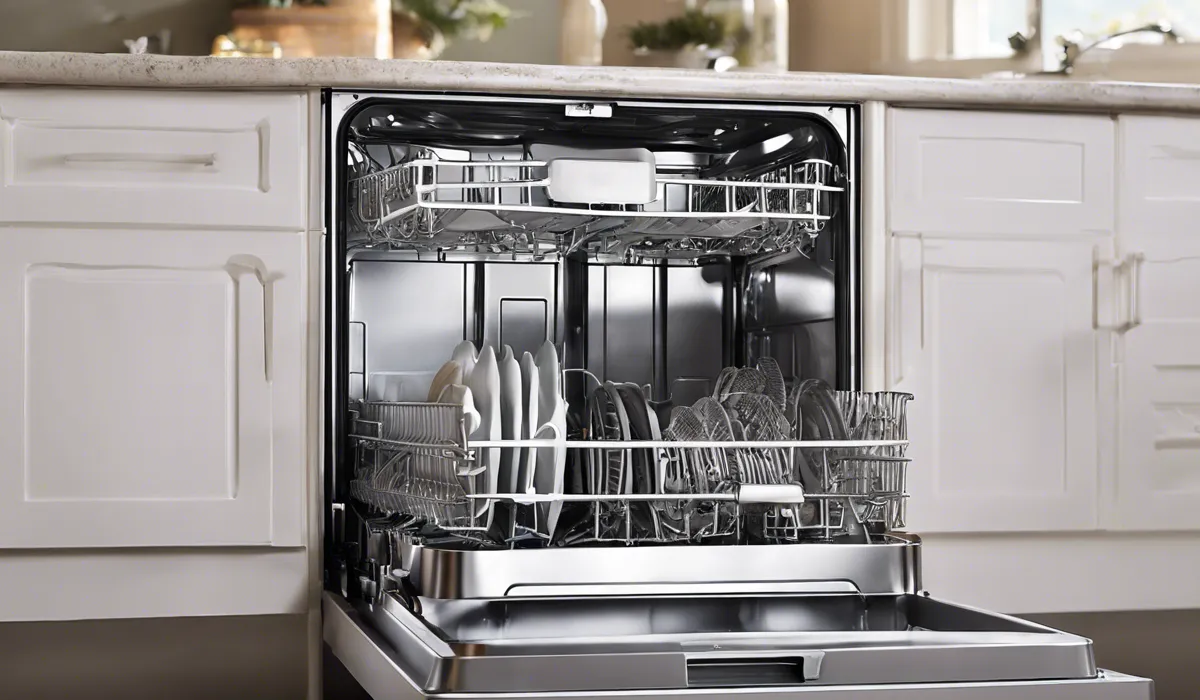
1. Turn Off Power and Water Supply to the Dishwasher
For safety, ensure that the dishwasher is completely powered off and the water supply is shut down before starting any maintenance work.
2. Remove and Clean the Dishwasher Filter
Dishwasher filters trap food particles and debris. Removing and cleaning the filter is a crucial step in resolving any clogs. Wash it thoroughly under running water to remove any residue.
3. Inspect and Clean the Drain Hose
Check the drain hose for kinks or clogs. A straightened wire hanger can be gently used to remove any obstructions. Be careful not to puncture the hose.
4. Check and Clean the Spray Arm
Remove the spray arm and inspect it for clogs. Use a toothpick to clear out any debris from the holes. Running water through the spray arm can also help dislodge any particles.
5. Use a Wire Hanger to Remove Any Obstructions
A straightened wire hanger is a handy tool for reaching into the dishwasher’s internal parts and removing lodged debris that could be causing a clog.
6. Employ Natural Cleaners: Baking Soda and Vinegar Method
After mechanical cleaning, using baking soda and vinegar can help to dissolve any remaining residue. Pour these substances down the drain and let them work for 15 minutes before rinsing with hot water.
7. Flush with Hot Water
After the natural cleaners have done their job, flush the system with hot water to wash away any loosened debris. This can also help sanitize the dishwasher’s internal components.
8. Reassemble and Run a Test Cycle
Once everything is clean, put all parts back together. Run a test cycle without dishes to ensure that the water flows freely and the clog has been removed.
9. When to Call a Professional if the Clog Persists
If after following all the steps, the clog persists, it may be time to call a professional. Persistent issues could indicate a more severe problem that requires expert attention.
FAQs About Unclogging a Dishwasher
How do I start unclogging my dishwasher?
Begin by removing and cleaning the filter to remove any food particles or debris that may be causing a blockage.
What should I check after cleaning the filter?
After the filter, ensure the drain hose is clear of obstructions by checking and cleaning it as necessary.
How can I clear residue from my dishwasher?
Run a cycle with vinegar to help dissolve and eliminate any residue that may be contributing to the clog.
What if my dishwasher is still clogged after these steps?
If clogs persist, inspect the spray arms for trapped debris and clean them thoroughly.
Is there a way to prevent future clogs in my dishwasher?
Regular maintenance, such as cleaning the filter, checking the drain hose, and running vinegar cycles, can help prevent future clogs.
Final Thoughts
To effectively unclog a dishwasher, begin by cleaning the filter, followed by flushing out the drain hose.
A vinegar cycle can help dissolve lingering residues. Also, remember to examine the spray arms for blockages to ensure smooth operation and prevent future clogs.
